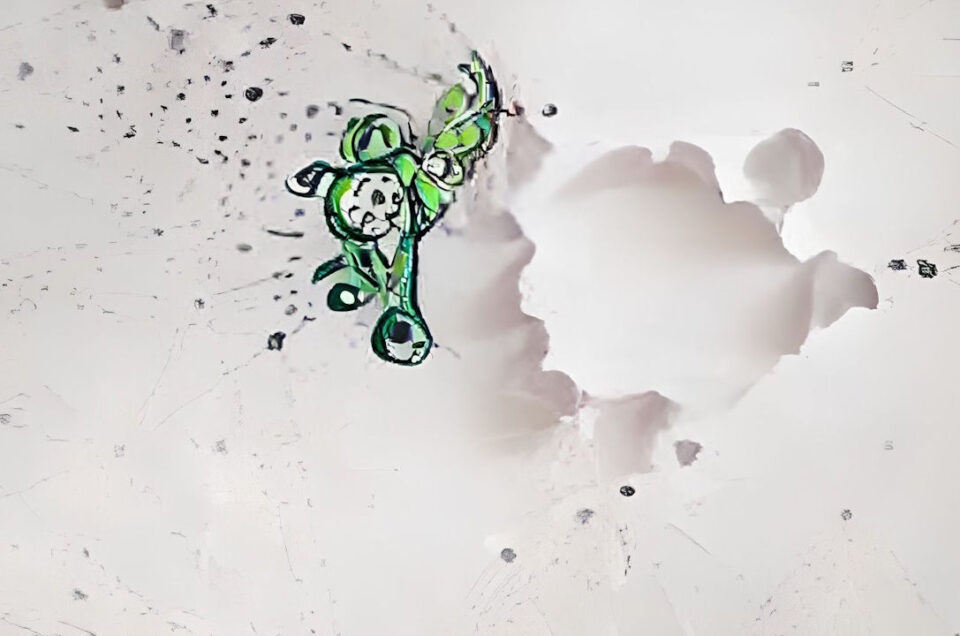Viveka talks – exercise 7.
Read the 7. chapter from the book “Viveka – the Voice of Inner Guru” entitled “Who you?” on Mirror.
Remember: this article/chapter is tokenized, and you may buy it as “writer’s NFT!”
Points to consider
The root problem, the one at the base of an illusory reality, is mistaken identification. There comes a time in every person’s life when the question „who am I?“ becomes very prominent.
Who are you? Do you know the answer to that question?
Vivekachudamani devotes large portions of the text (approximately verses from 71 to 107 and again from 149 to 168) explain the difference between Self and non-self (ātmānātmavivecanam). The Self (atman) is who we are, and the non-self (anatman) is who we are not.
But, it is not much of an explanation, is it? For, what is and where is this atman (Self), and how do we differentiate between self and non-self?
Vivekachudamani urges us to consider different layers of apparent identification.
- Annamayakosha, “foodstuff” sheath (anna)
- Pranamayakosha, “energy” sheath (prana/apana)
- Manomayakosha “mind-stuff” sheath (manas)
- Vijnamayakosha, “wisdom” sheath (vigyan)
- Anandamayakosha, “bliss” sheath (ananda)
You can read a detailed explanation of these layers of identification in the seventh chapter.
Now, the main problem with the idea of identification is „who is doing it?“. Who identifies itself with those layers? The true Self will not do it because it can’t if it is true. So, the answer must be that the „false Self“ identify itself with something else.
Complicated, isn’t it?
Yes, and no. There is a solution to this, but the viveka student at this stage does not see it. The actual seeing will come much later, with the development of finer qualities of viveka.
However, it is natural for the aspiring student to ask, „what should I do?“, or „how to see the true reality of who am I?“.
There is a story I borrowed from John Grimes in his book „The Vivekacudamani of Sankaracarya Bhagavatpada: An Introduction and Translation.“ It is a short story, but for our purpose, I stretch it through two chapters (this and the following).
The story explains why the questions starting with „what“ and „how“are misguided questions. („Who you?“ is not a mistake, it is how one unknown Indian swami told it in bad English.)
Questions for thinking
- What is your first answer when you hear the question “who are you”?
- Do you understand that everything you think you know and what was acquired through learning adds to the strength of the “body of knowledge” and increase the power of identification?
- What is your opinion about the fact that the supreme and the most delicate power of Maya is the identification with the “body of bliss”?
It is your turn now. Write your thoughts, comments, or questions.










Leave a reply